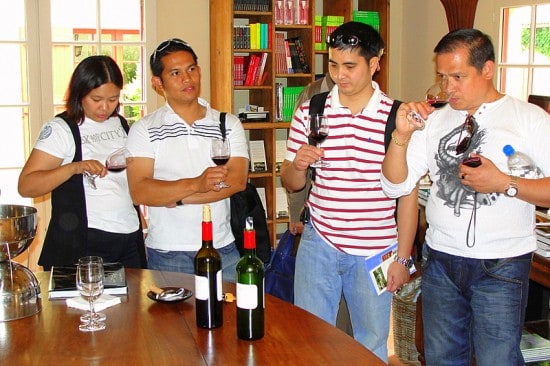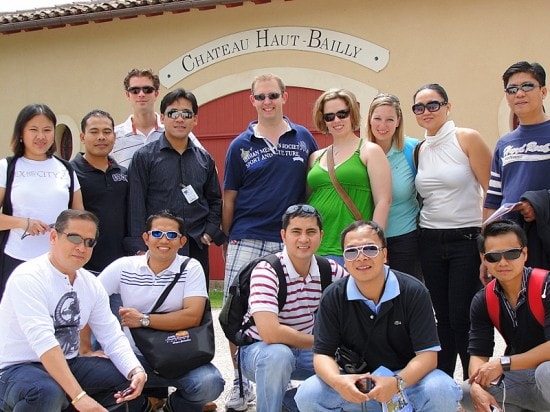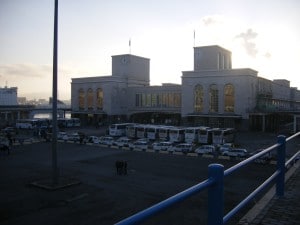 Captain Albert Schoonderbeek
Captain Albert Schoonderbeek
The sea was as flat as a mirror when we approached the harbour entrance and it became a clear and dry day. Although the harbour basin is quite big, the authorities had decided that we should be parked at the East dock and that gave not that much room to swing the ship into the berth. But as the East dock is also the Eastern breakwater it was at least close to the entrance of the harbour and that saved timed. On advice of the pilot we docked stern in, as there was the expectation of wind in the afternoon and if you are then docked nose out it is all a bit easier. The East dock was just a short walk away from the boulevard and large enough to have buses and taxi’s come to the gangway. There was even a little sightseeing train that offered an hour tour of the city for 5 euro’s, so not bad at all.
Today one of my daily chores was a little bit more unusual. Welcoming new crew onboard the ship. Each new cruise, a number of the crew go on vacation and are replaced by new crew. However there is a difference between new crew and new, new crew.
With new, new crew we are talking about all of those who are either brand new to sailing or brand new to Holland America. As the ships culture is considerably different to shore side life, the company makes an extra effort to have these new members of the Club Prinsendam feel themselves at home as quickly as possible. They get a little welcome present and when they board there is a “buddy” waiting who takes the new one around and makes sure he/she knows how to get a good start in their new life. To make this welcome to a new world a bit more festive, we throw a welcome on board luncheon for all of them. Here they meet their, also new, fellow crew members and also the ships staff. This is normally done once a month when we have a sufficient number to make it a nice occasion.
Continue reading


 Captain Albert Schoonderbeek
Captain Albert Schoonderbeek
